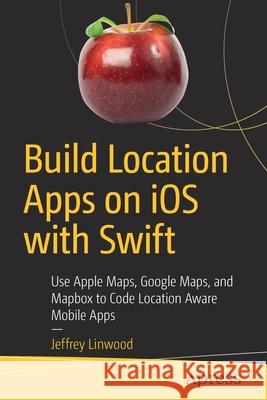Build Location Apps on IOS with Swift: Use Apple Maps, Google Maps, and Mapbox to Code Location Aware Mobile Apps » książka
topmenu
Build Location Apps on IOS with Swift: Use Apple Maps, Google Maps, and Mapbox to Code Location Aware Mobile Apps
ISBN-13: 9781484260821 / Angielski / Miękka / 2020 / 254 str.
Build Location Apps on IOS with Swift: Use Apple Maps, Google Maps, and Mapbox to Code Location Aware Mobile Apps
ISBN-13: 9781484260821 / Angielski / Miękka / 2020 / 254 str.
cena 261,63
(netto: 249,17 VAT: 5%)
Najniższa cena z 30 dni: 250,57
(netto: 249,17 VAT: 5%)
Najniższa cena z 30 dni: 250,57
Termin realizacji zamówienia:
ok. 22 dni roboczych
Dostawa w 2026 r.
ok. 22 dni roboczych
Dostawa w 2026 r.
Darmowa dostawa!
Kategorie:
Kategorie BISAC:
Wydawca:
Apress
Język:
Angielski
ISBN-13:
9781484260821
Rok wydania:
2020
Ilość stron:
254
Waga:
0.38 kg
Wymiary:
23.39 x 15.6 x 1.42
Oprawa:
Miękka
Wolumenów:
01
Dodatkowe informacje:
Wydanie ilustrowane











